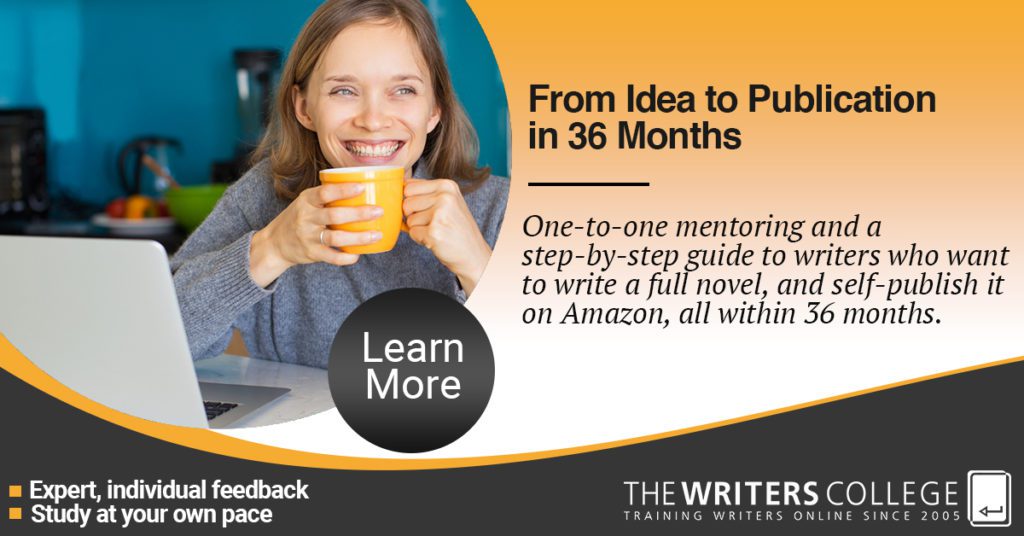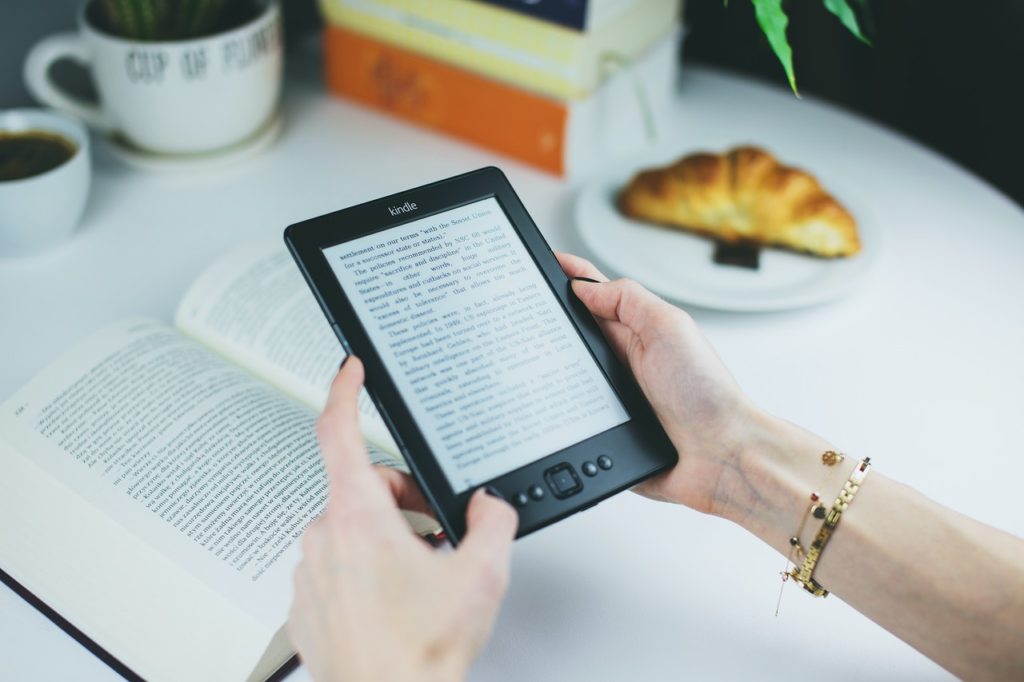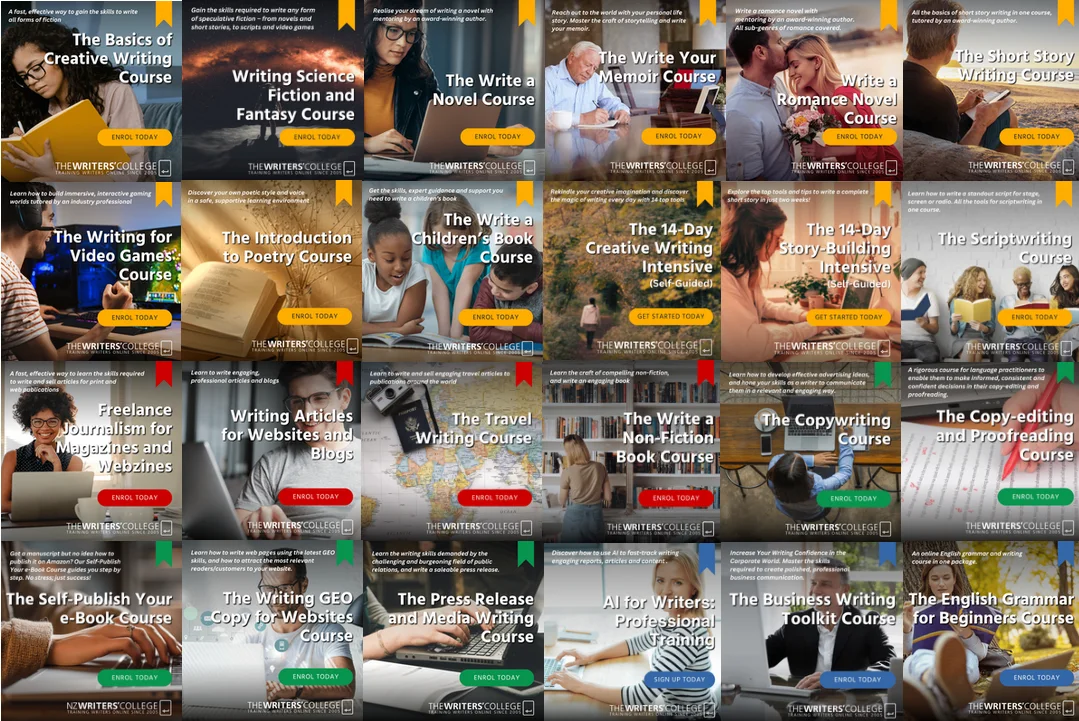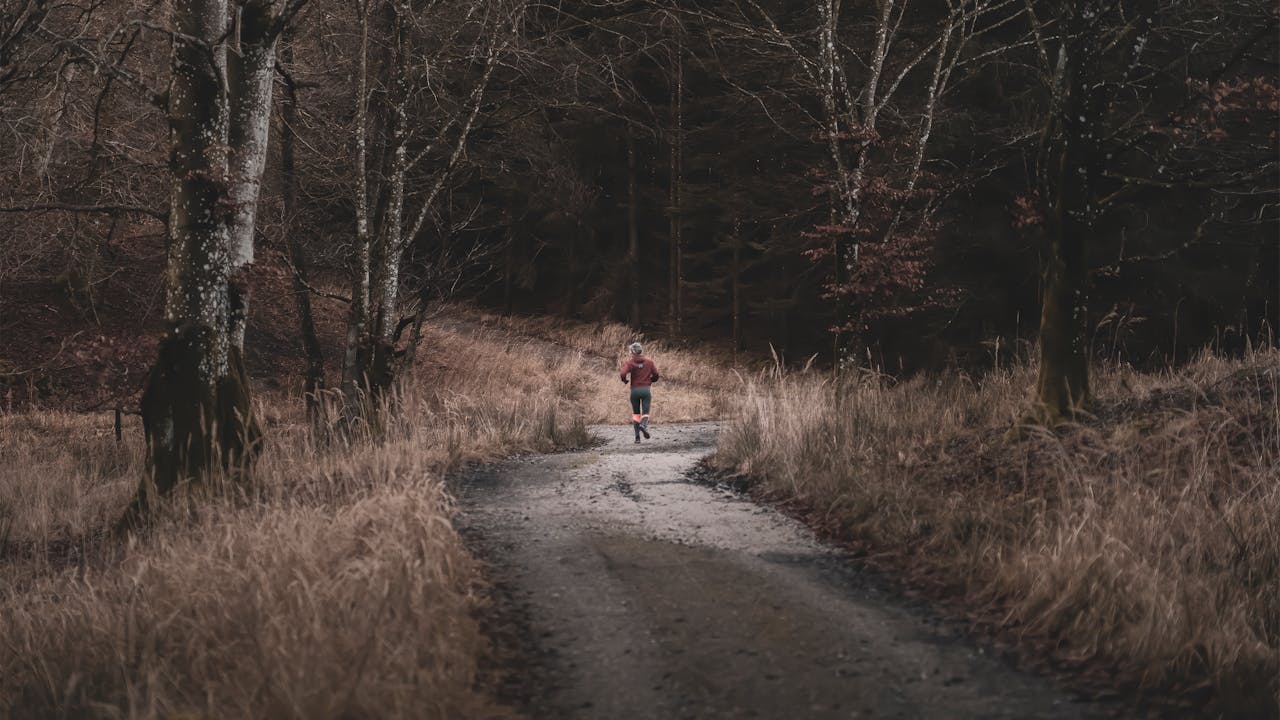You’ve written your first novel. Now you face the dilemma of most modern authors – should you go the self-publishing route or brace yourself for the hard slog of finding a traditional publisher? There’s no correct answer to this.
Firstly, what is self-publishing?
If you choose to self-publish, you take on all the responsibilities of publishing your book. You’d be in charge of editing and cover design, as well as marketing, launching and distributing the book. Of course, you can hire an editor, a designer for the cover and a marketing and PR company, but you’d oversee all of these roles. You would arrange and pay for these services, funding them yourself.
So why would you do this? For one thing, self-publishing allows you to maintain ownership of your book’s rights and royalties, which is precisely why so many people take this route.
We’ve highlighted the pros and cons of self-publishing to help you make the right choice for you.
Pros of self-publishing:
- Your book is guaranteed to get published if you have the funding. You require no permission, and you won’t face rejection by publishing houses. Don’t assume that a publishing house will always recognise a good seller. There are many bestselling books that were rejected by numerous publishers before finally going to print. These books were either picked up by a risk-loving publisher or self-published. Tim Ferriss’ book The 4-Hour Workweek has been a New York Times and Wall Street Journal Best Seller for several years, selling nearly 1.5 million copies, and has been translated into 35 different languages. But before its success, it was rejected by 25 publishers!
- You have complete creative control over the look and feel of the book.
- You earn an average of 70% royalties for e-books and 50% for print. But you have to spend money to make money. For example, Amazon’s paperback royalty rate is 60% of your book’s retail price, less the book’s print cost. So for a 300-page book that retails at $17.99, a self-published author would take home $7.54 per paperback book sold. In contrast, first-time traditionally published authors usually make 10% per book sold until they’ve paid off their advance, and then their earnings can go up to 12.5%. So for a book that retails at $17.99, a traditionally published author would earn just $1.79 per book.
- The publishing timeline is in your control. If it’s an e-book, run it through formatting software and upload it to Amazon when it suits you.
- You can target a niche audience. If your book has a specialist topic, you can target your specific audience rather than a mainstream audience, creating a niche fan base.
- Many literary prizes are specific to self-published authors. Also, Amazon’s Best Seller list doesn’t distinguish between self-published and traditionally published authors.
- It’s easier to update and republish your book at any time.
- You’re in control of your future and business ideas. Do you want to sell a supplementary course or products related to the book? You can easily do so as a self-publisher without requiring permission or paying royalties to a publishing house.

Cons of self-publishing:
- Publishing houses have connections that you might not have, for example, book critics, distributors and contacts at top bookstore chains.
- Self-publishing makes it much harder to reach a large-scale market if you target a mainstream audience.
- It’s harder to get your book into traditional brick-and-mortar stores.
- It’s virtually impossible to compete as a self-published author for literary prestige, as many prestigious literary prizes and respected lists tend to reject independently published works. The New York Times, for example, won’t even consider self-published titles for its Best Seller list.
- You have to spend your own money on the publishing process instead of getting an advance from a publishing house. On average, cover design, editing and formatting will cost around $3,000 (for an e-book or print-on-demand book). That figure will be far greater if you plan to print for distribution. Yes, you’ll make back more per book sold, but you’ll need the funds upfront, and your financial success is in no way guaranteed.
In a nutshell, to succeed in self-publishing, you need to have confidence, some business sense and be willing to hustle and forge connections. You’ll have to make many design and publishing decisions yourself and maintain your enthusiasm to climb the steep learning curve.
Six authors who are bestselling, self-publishing successes
Louise Ross, writing under the pen name of LJ Ross, has sold over 5.5 million copies of books of her DCI Ryan crime thriller series.
E.L. James initially self-published 50 Shades of Grey. It has sold over 100 million copies worldwide.
Punjabi Sikh poet Rupi Kaur has sold 8 million copies of her first two poetry collections, advertising her writing via Instagram.
Rachel Abbott has sold over 3 million copies of her thrillers.
Mark Dawson, the author of the John Milton series, has sold over 4 million copies of his books.
Amanda Hocking writes paranormal fiction and has sold millions of copies of her novels. She did decide after some years to switch to traditional publishing. You can read more about her self-publishing experience here.











